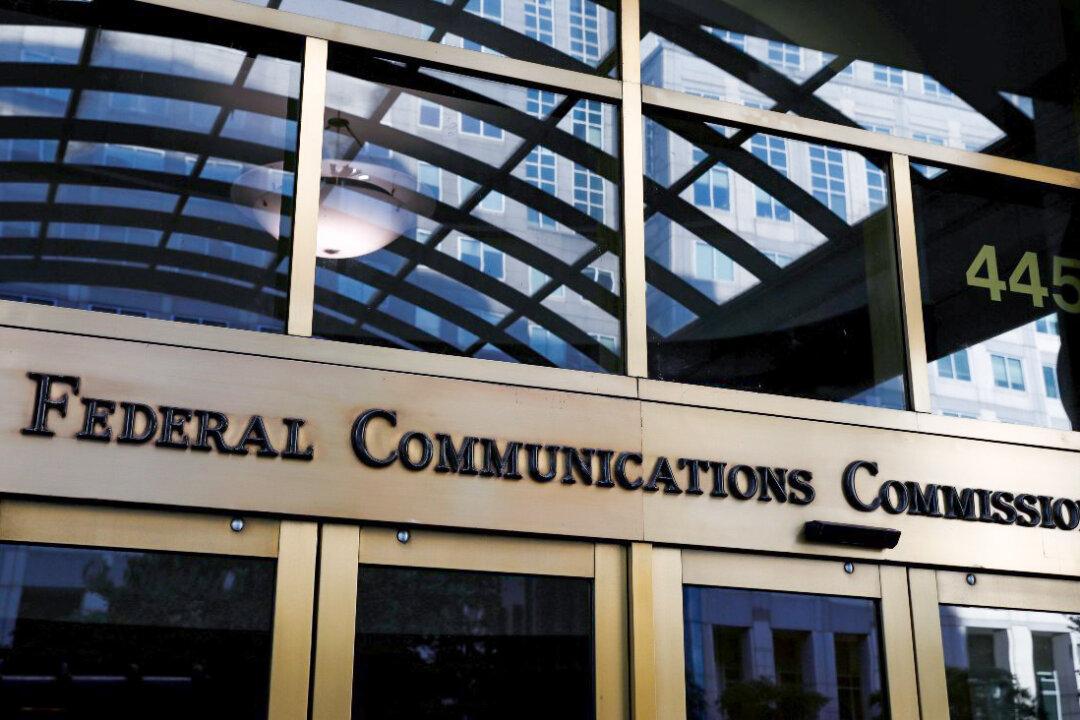While a growing number of Los Angeles-bound cargo ships are now biding time off the coast of Mexico, the supply chain crisis progressed this week as consumers found empty shelves in stores across the U.S.
“There’s a big population [of ships off the coast of Mexico],” Kip Louttit, director of the Marine Exchange, told The Epoch Times. “If you look at the Pacific, it kind of makes sense to go down there. The weather is better the further south you go.”





